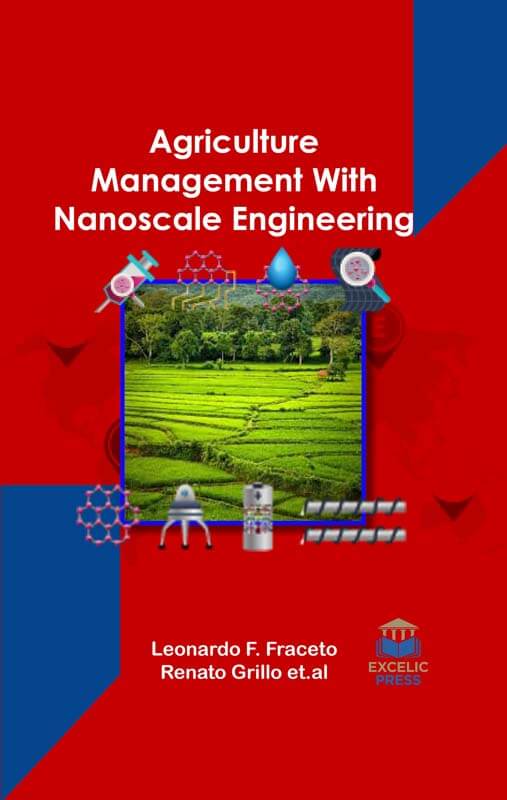Recent scientific research indicates that nanotechnology has the potential to positively impact the agri-food sector, minimizing adverse problems of agricultural practices on the environment and human health, improving food security and productivity, while promoting social and economic equity. Recently, good vary of potential applications of engineering science has been envisaged conjointly in agriculture, resulting in an intense analysis at each educational and industrial level. Indeed, the distinctive properties of materials at Nanoscale create them appropriate candidates for the planning and development of novel tools in support of property agriculture.
Nanotechnology has the prospective to improve the agriculture and food industry with novel nanotools for the controlling of rapid disease diagnostic, enhancing the capacity of plants to absorb nutrients among others. The significant interests of exploitation applied science in agriculture include specific applications like nano fertilizers and nano pesticides to path merchandise and nutrients levels to extend the productivity while not remotion of soils, waters, and protection against many insect blighters, and Microbics diseases.
In this book, we will narrow down the analysis of nanotechnology applications specifically dedicated to field crop and plant production. Nanotechnology is a rapidly evolving field with the potential to take forward the agriculture and food industry with new tools that promise to increase food production in a sustainable manner and to protect crops from pests. Nanotechnology can find applications also in the development of analytical devices dedicated to the control of quality, bio/security, and safety not only in agriculture but also along the food supply chain. Thus, in the very near future, scientific research will be requested to provide new paradigms and practices to solve highly complex and diverse problems.
The book in following chapters critically examine the morphological, physiological, and genotoxic aspects of environmental nanoparticles interactions with plants; effects of manganese nanoparticle exposure on nutrient acquisition in wheat; the influence of hydroxyapatite nanoparticles on germination and plant metabolism of tomato; zinc oxide nanoparticles for revolutionizing agriculture; efficiency of nanoparticle, sulfate, and zinc-chelate use on biomass, yield, and nitrogen assimilation in green beans. The book provides a valuable source of information on this developing field for those involved with agriculture and farming and agricultural engineering.














Don –
Hi! Do you know if they make any plugins to help with Search Engine Optimization? I’m trying to get my site
to rank for some targeted keywords but I’m not seeing very good
success. If you know of any please share. Appreciate it!
I saw similar art here: Your destiny